It would take a brave astronaut to eat the dates, raisins and sweetened dough they serve up during the welcome home ceremony at Zheskagzan airport in Kazakhstan. Dates, raisins and sweetened dough would surely look good to a space station crew member who has just put in the average six-month hitch in orbit—to say nothing of Scott Kelly and Mikhail Kornienko after nearly a full year.
But what an astronaut’s stomach says and what an astronaut’s otoliths say are two different things, and when you’re back on Earth and feeling the tug of gravity after a long period in weightlessness, it’s the otoliths—the little stones of floating calcium in the inner ear that govern balance and motion sickness—that rule.
For that reason, nobody ate a bite as Kelly, Kornienko and Russian cosmonaut Sergey Volkov, who only two hours before had landed in the steppe in their Soyuz spacecraft, were helped to their chairs in the airport receiving area, while Kazakh, Russian and American dignitaries applauded, a fusillade of cameras flashed, and four young women in traditional Kazakh costume—long, bright, yellow and green dresses with bright green head pieces—brought in the traditional foods.
There were other gifts too for the men who had begun their day 250 miles overhead, circling the planet once every 88 minutes. There was a medal for Volkov, who had commanded the spacecraft on its return. There were Russian nesting dolls with the likeness of each astronaut painted on the front.
And for Kelly, who has now flown four missions and holds the American record for longest unbroken stay in space, there was the inevitable question: “Would you consider going back?”
His answer was succinct: “I would always consider flying in space,” he said, “no question.”
See Scott Kelly Descend to Earth After a Year in Space

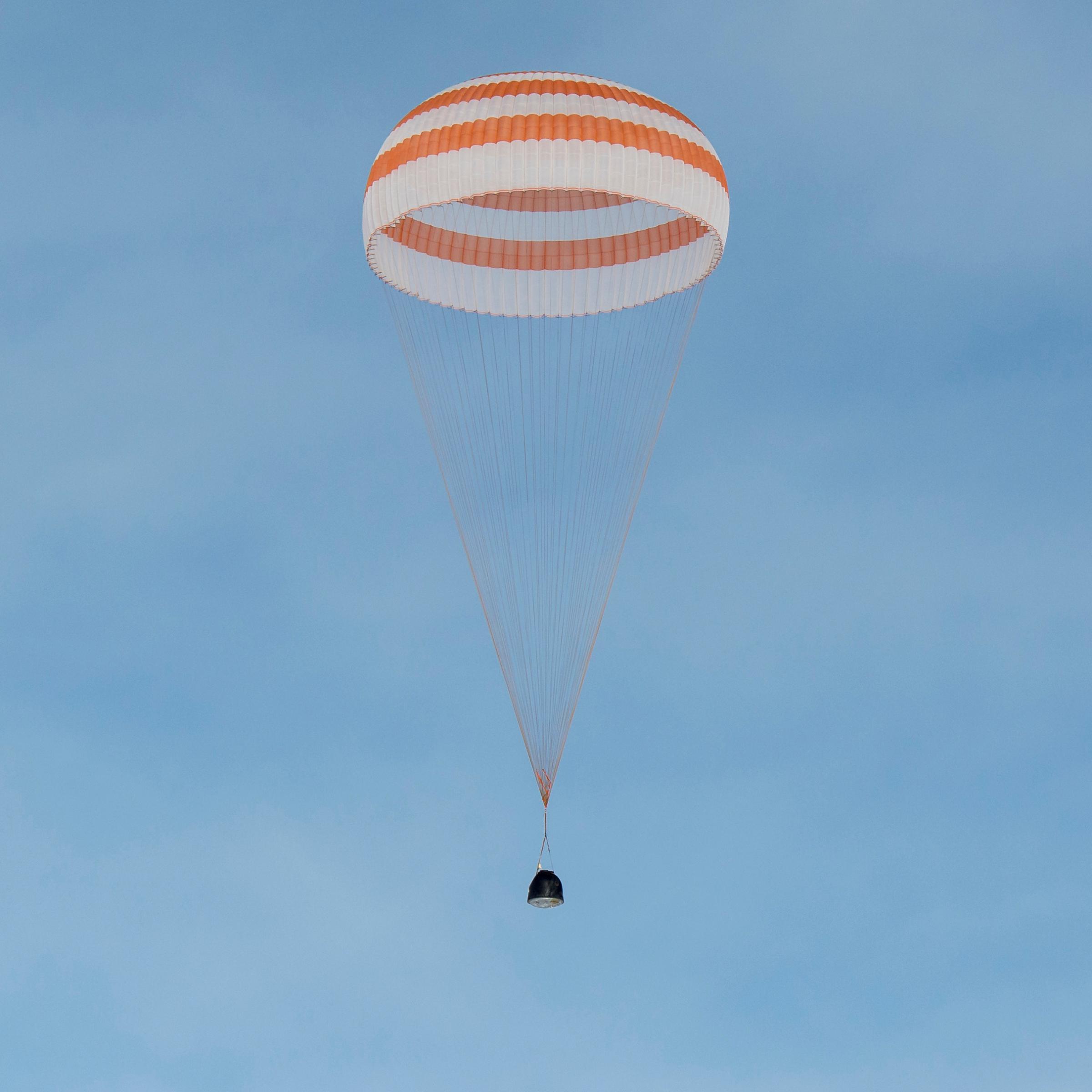
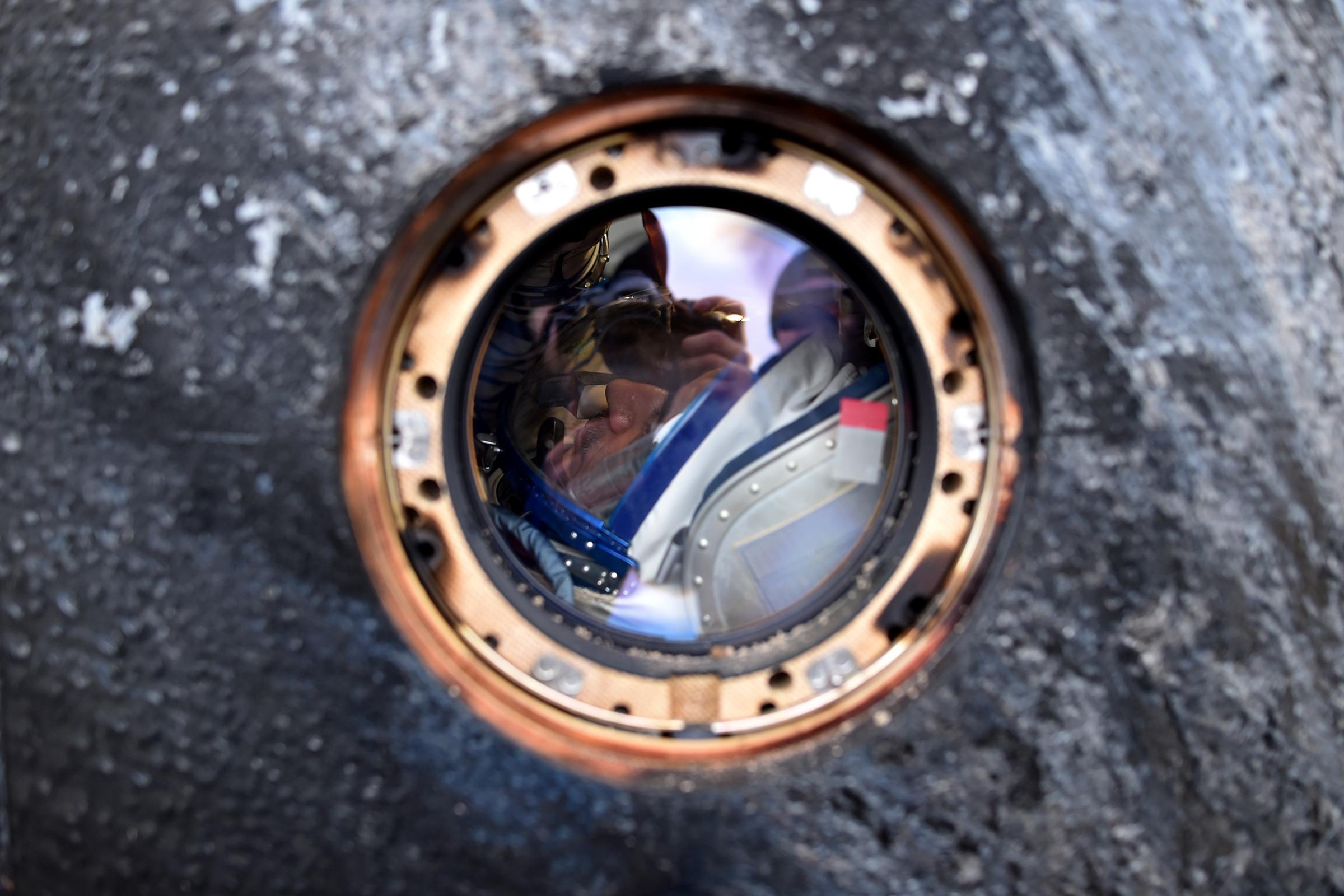
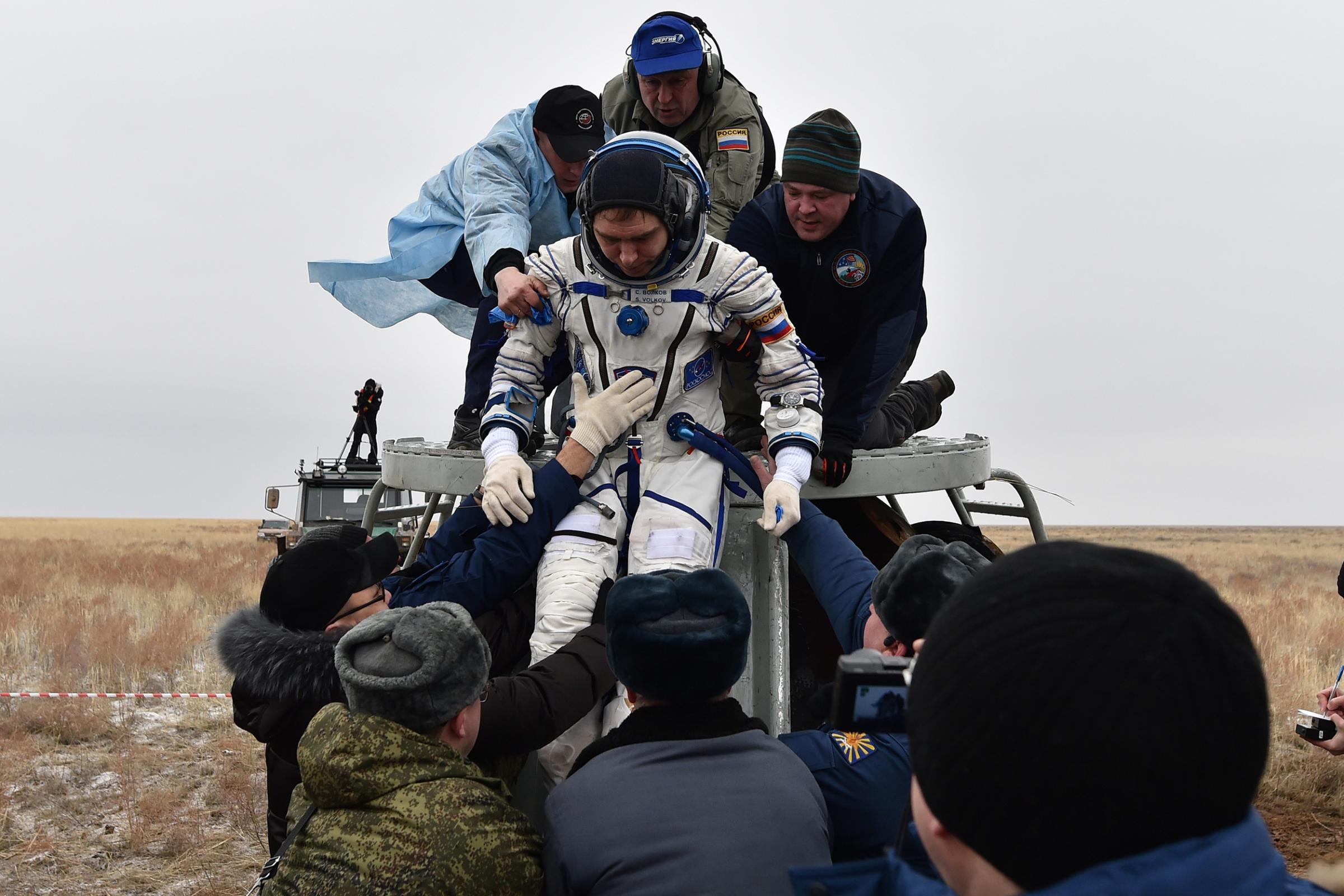

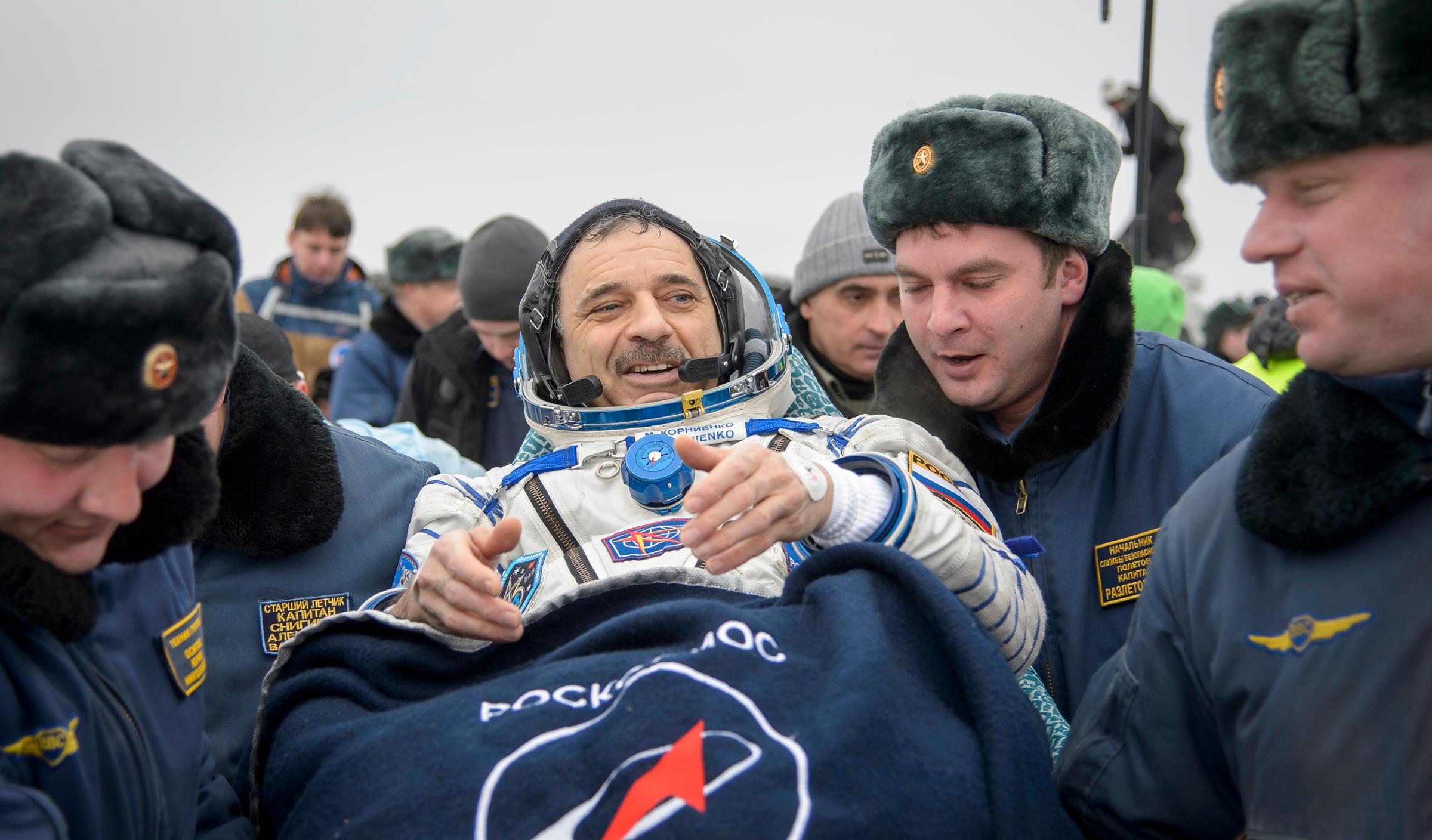
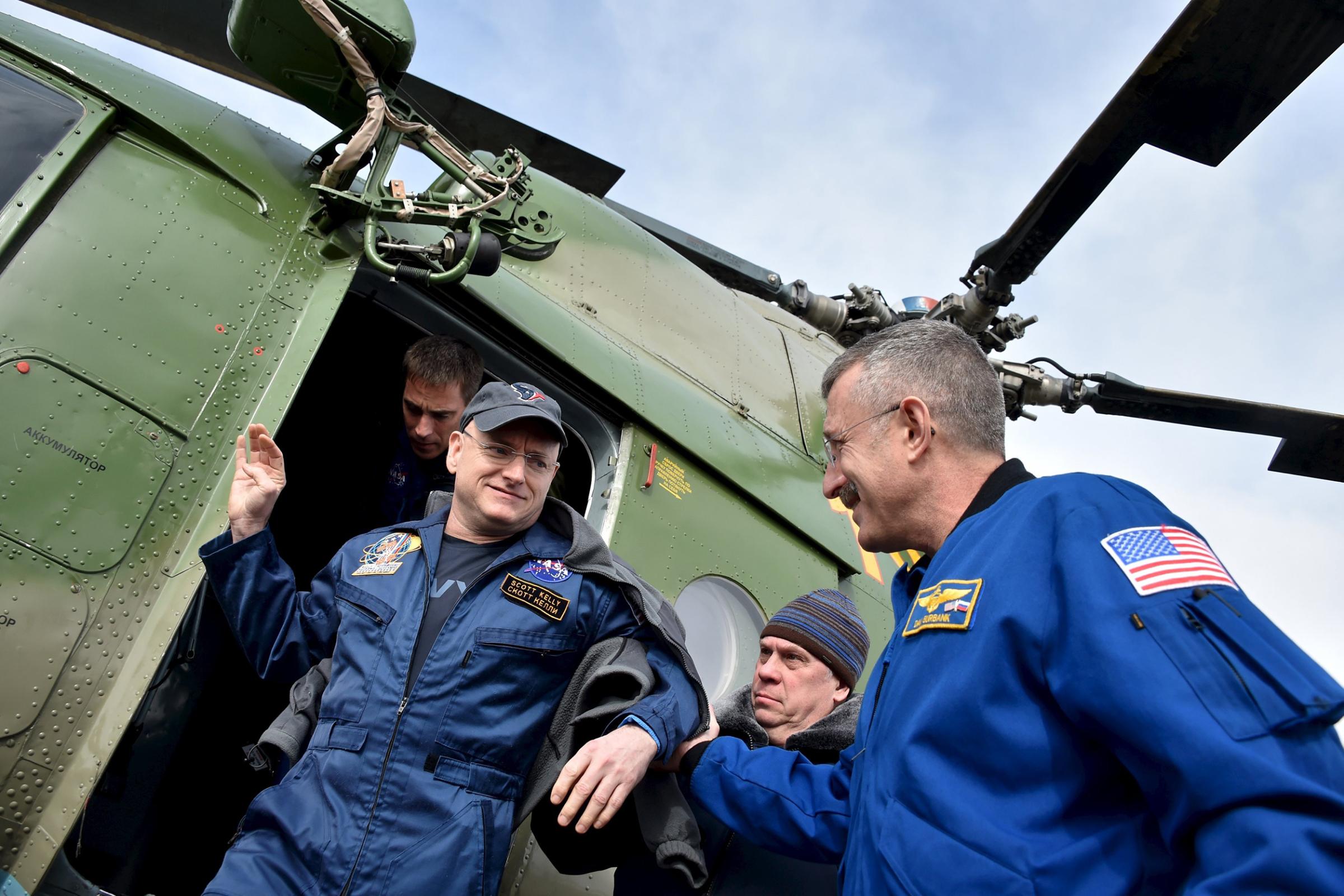
That may just be astronaut bravado, though you wouldn’t have known it to look at Kelly. Volkov entered the room with the telltale gait of a person just back from space—back straight, head upright, eyes locked ahead. He dared not turn to look at someone without rotating his entire body since pivoting his head—or, much worse, flicking his eyes—would bring on a dizzy, sickly swoon. Kornienko looked better, though he was drawn and clearly fatigued.
Kelly, however, nodded and turned and smiled and joked and looked every bit like a man who had spent the last 340 days on the Earth, not circling and circling and circling above it. “What’s with all the overcoats?” he asked the rescuers who extracted him from the capsule in the frigid wind of the frozen steppe. “This feels great.”
It should have felt great—and in a way that went beyond just the welcome sting of the cold air after a year in the never-changing atmosphere of the space station. The entire process of rescuing a Soyuz crew is an act of human caretaking on a massive scale. It takes a month of planning, the coordination of three countries, and the chess-board-like deployment of three separate teams of helicopters, all-terrain vehicles, snow mobiles and rescuers in a great triangle in northern Kazakhstan bounded by the citied of Katraganda, Zhezkasgan and Arkilik. Poor weather in one corner of the vast field would mean shifting part of the deployment to another. A shallow—or ballistic—reentry would have meant sprinting far south of all three cities for an emergency rescue at a less certain site.
Watch: A Year in Space: Episodes Seven and Eight
Now that job is done, the biomedical work that was the entire purpose of the mission will begin. The more times astronauts go to space the better they adapt to the otherworldly state of zero-g and re-adapt to the leaden feel of a gravity field when they return, which helps explain Kelly’s apparent ease in the airport.
But the physical insults of space travel—the toll weightlessness takes on all of the body’s systems, not to mention the damage the constant bath of high radiation can do to the DNA—may be cumulative. A lone week in space might do much less damage than an additional week heaped on top of the 49 Kelly has just spent there.
The great twins experiment, with Kelly’s brother Mark serving as a genetically identical control subject, will help scientists determine which of the changes Scott’s body has undergone in the past year are indeed attributable to his time in orbit and which are the result of nothing more than a 51 year old man living the year that turns him 52.
Finding those answers will be critical to discovering whether human beings, who have the brass to talk about making a two or three year trip to Mars one day, actually have the bodies to back up that boast. That will mean more one-year astronauts, possibly quite a few more.
“We’re looking at as many as ten,” says Doug Wheelock, a NASA astronaut and the incoming director of NASA’s office at Star City, the Russian space agency’s headquarters outside of Moscow. “And to get a good data set we need a good mix of subjects, which means women and men, older crew members and younger ones, veterans and first timers. There’s a lot we have to learn.”

That is not cheering news for space partisans missing the golden era of the moon landings, weary of more than 40 years of rowing in circles in low Earth orbit and anxious to fly off and kick up some Mars dust already. But ambition can’t sprint ahead of safety—and there’s something to be said for the pokier pace of today compared to the headlong rush of the moon era.
The space race of then may have been a thing fueled by ambition and vision and a commitment to dream up the most difficult, outrageous, improbable thing we could, give ourselves a deadline—before the end of the 1960s and not a day later!—and then go off and do it. But it was fueled by other, less lovely things too. It was a very big piece of a very cold war, a battle of armies and ideologies and nuclear arms between the U.S. and the now-vanished U.S.S.R., and a flag on the moon for one side was meant as a finger in the eye to the other.
The Best Photographs From Scott Kelly’s Year In Space

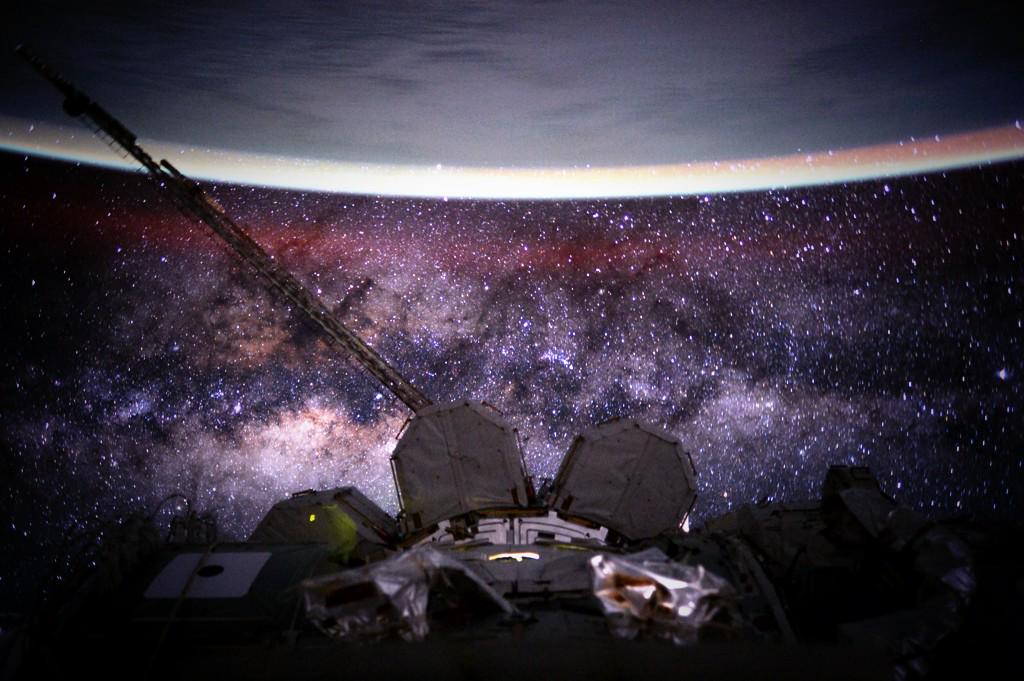

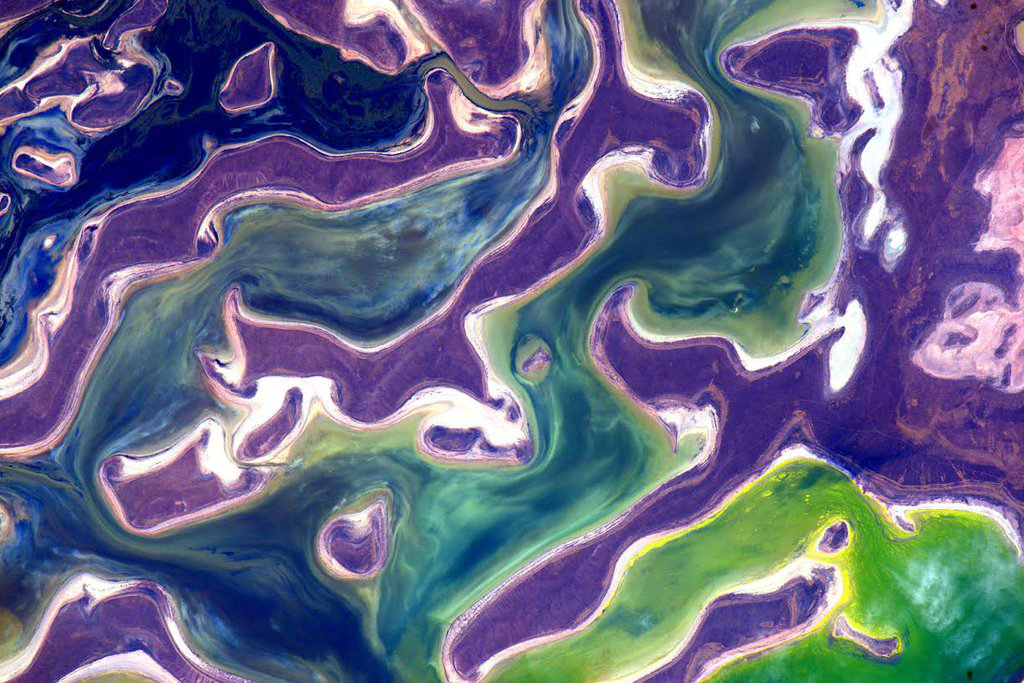
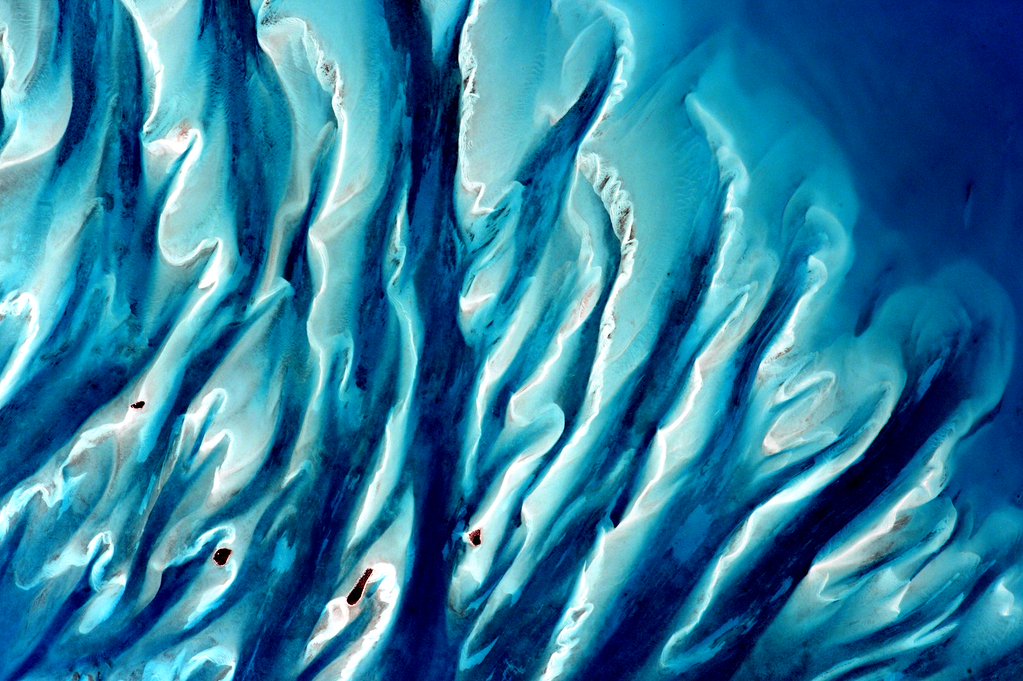





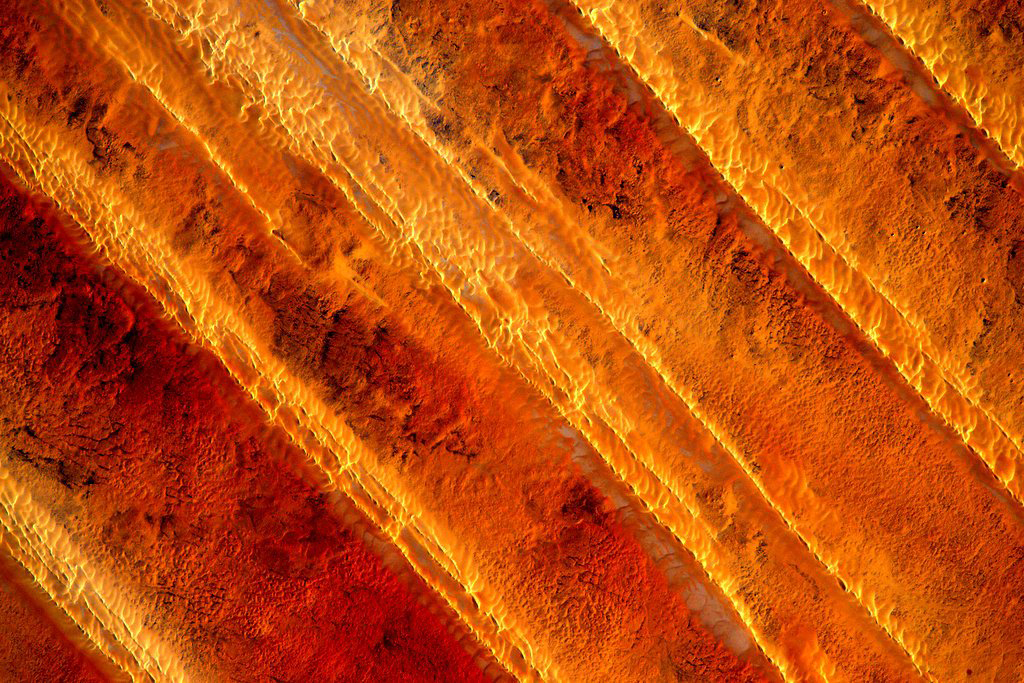


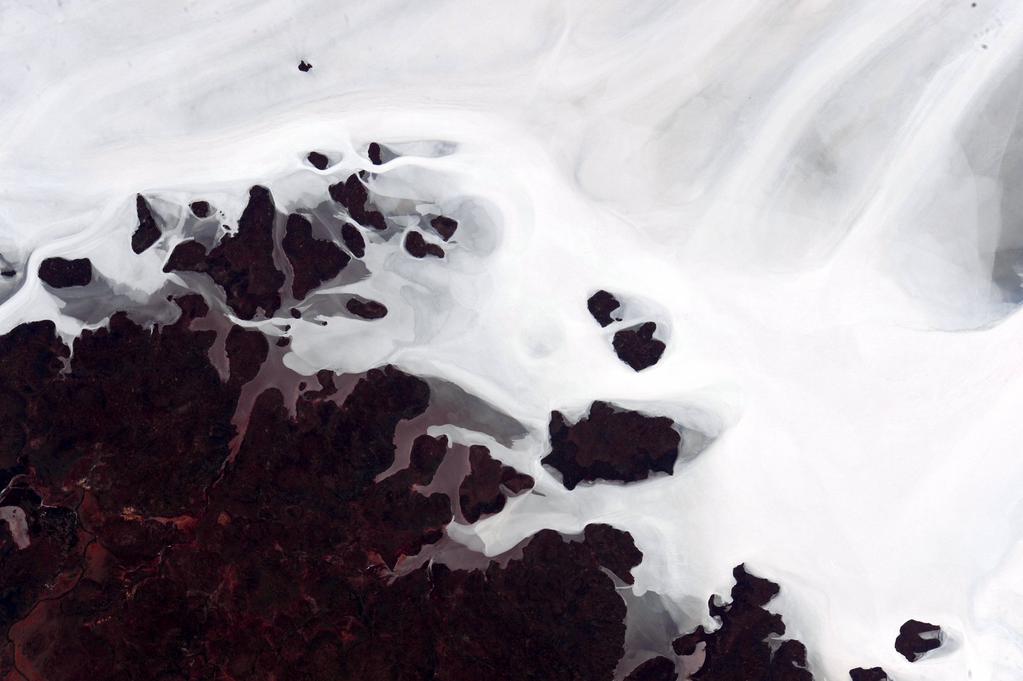
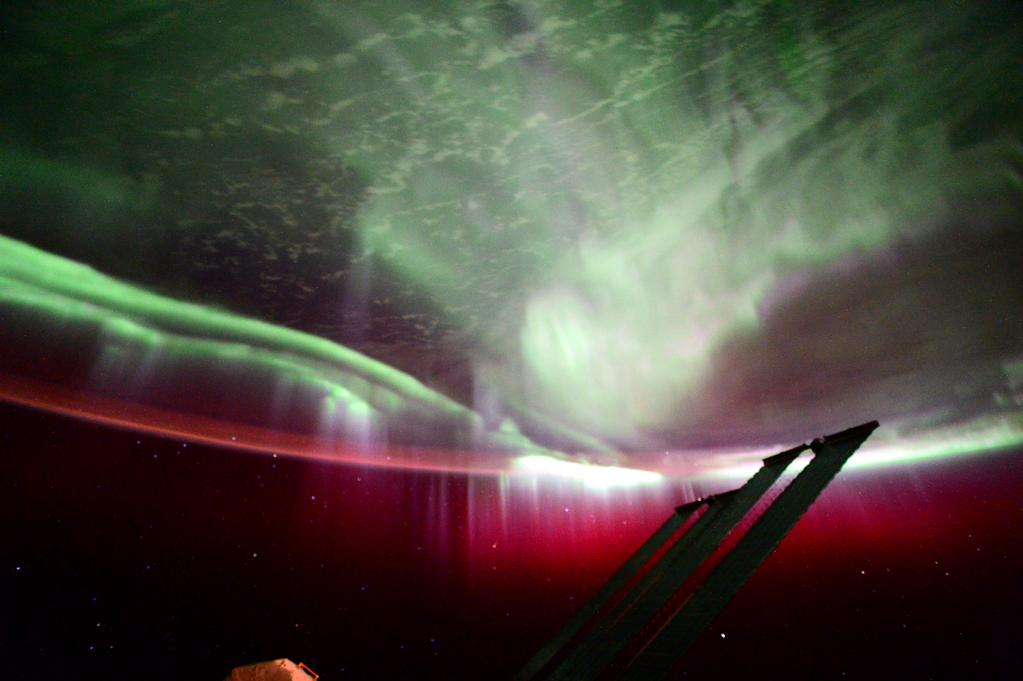


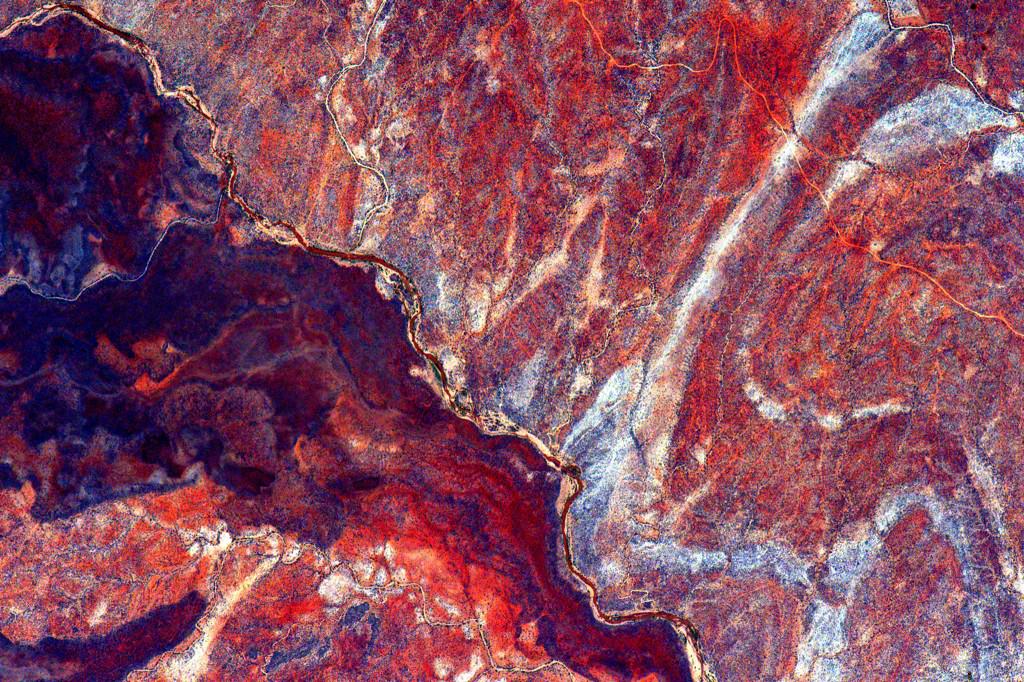
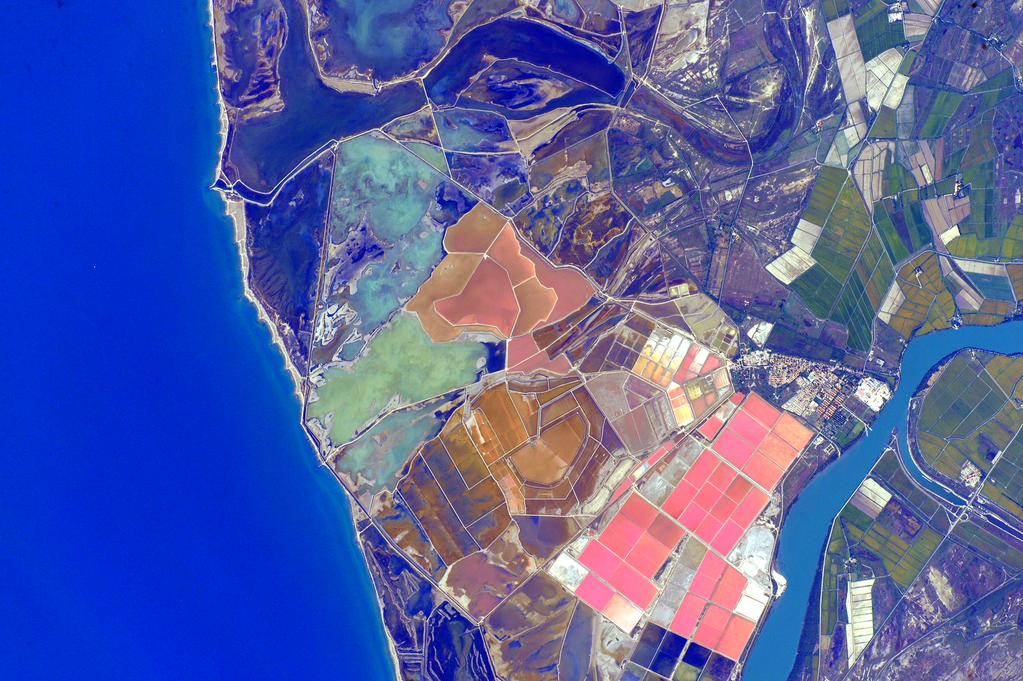
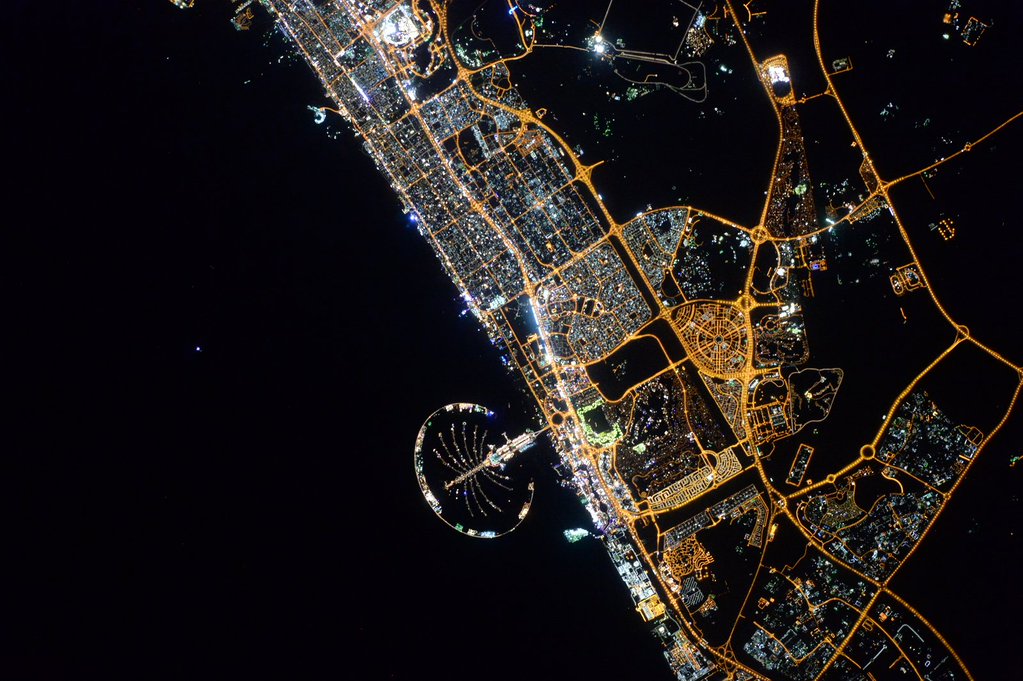
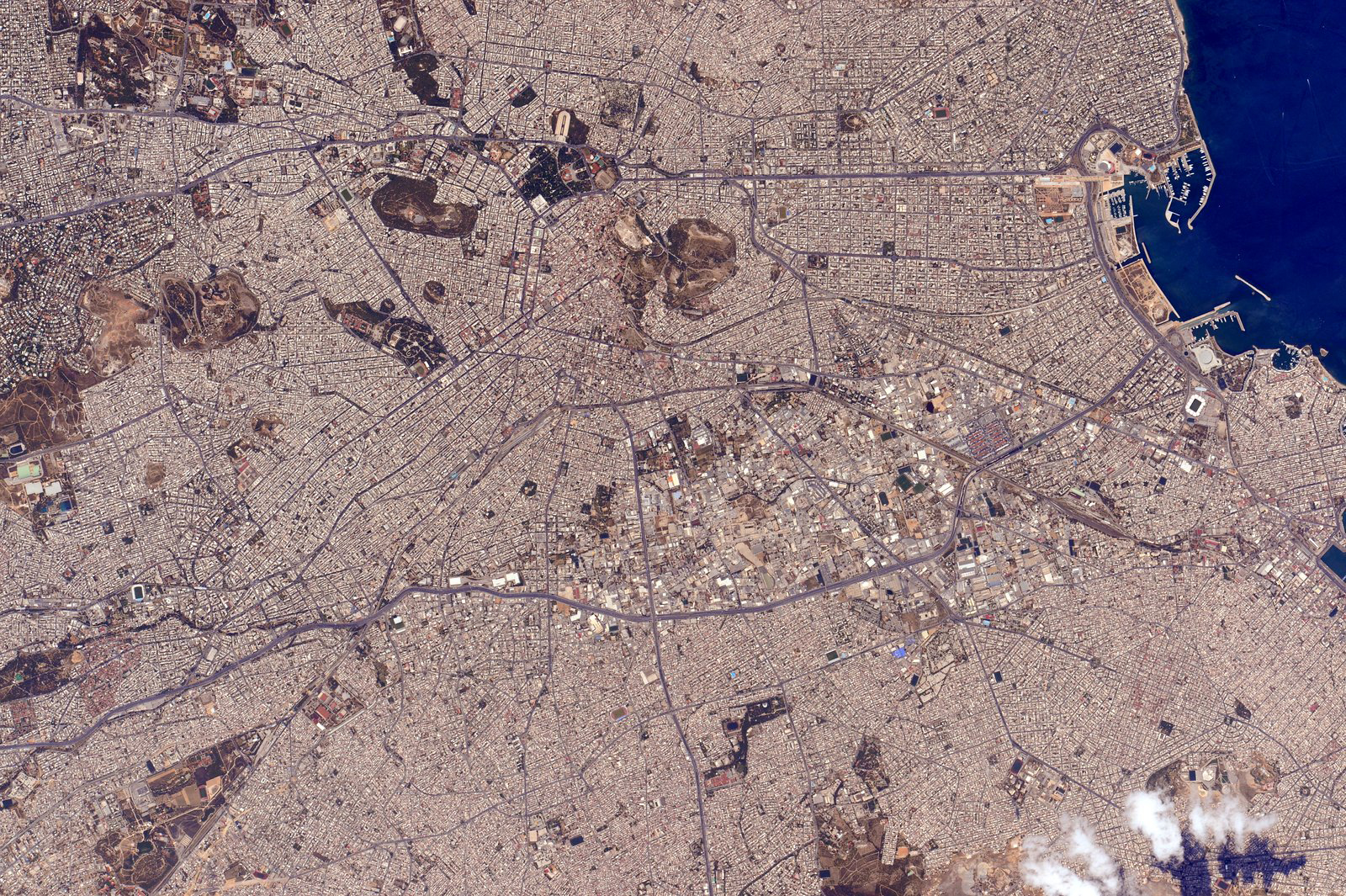
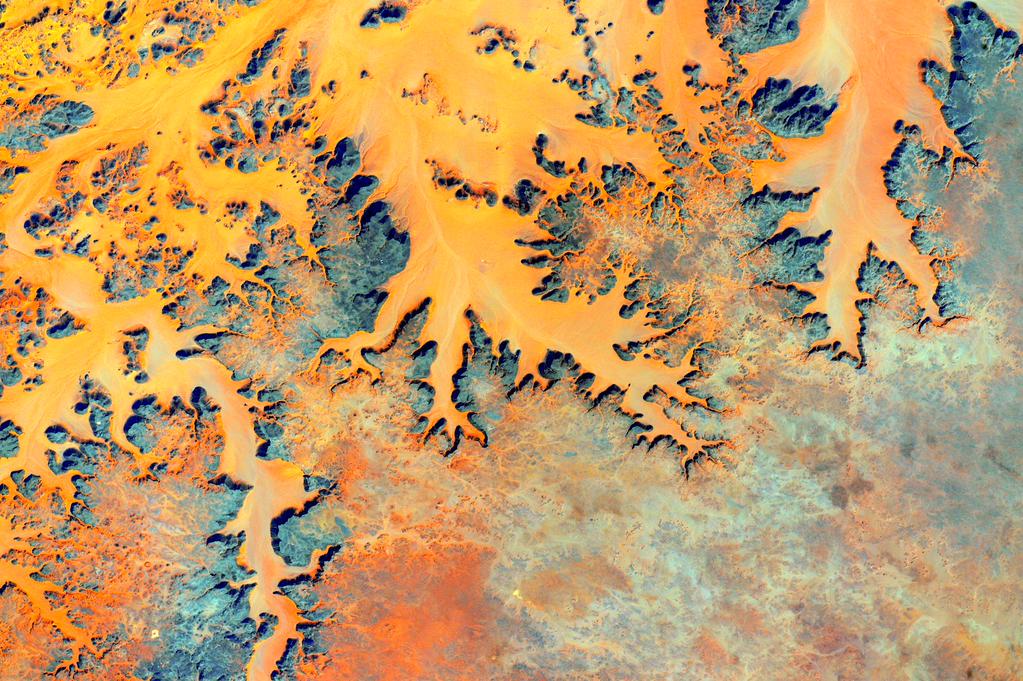
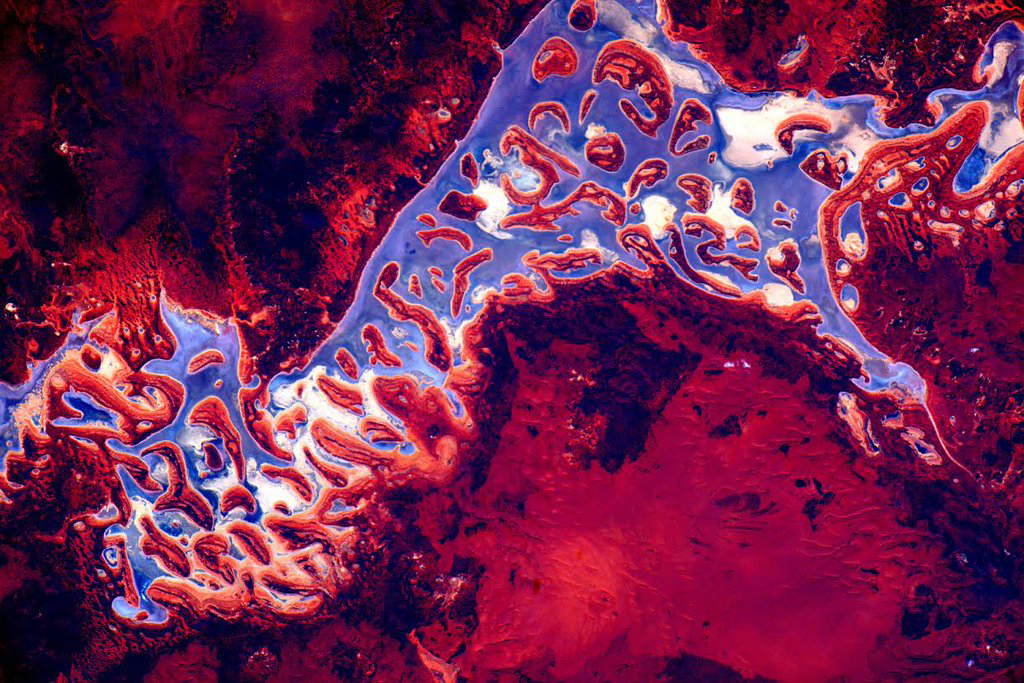



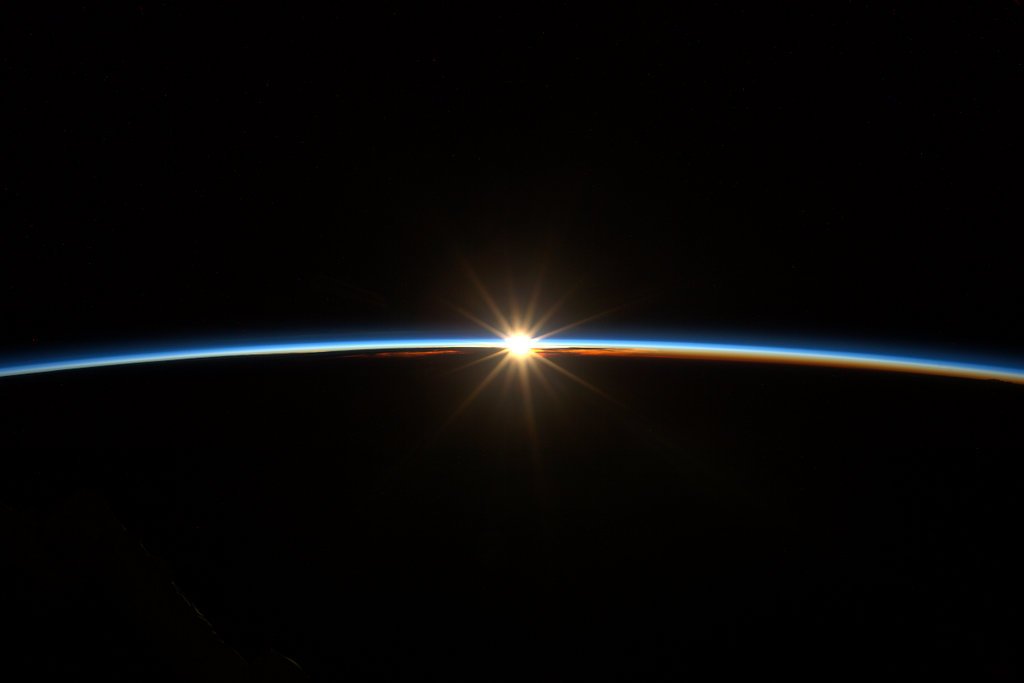


Now, half a century on, a little ceremony can be held in an airport lounge with room for three flags and three interpreters speaking three different languages. And around them can be men and women in the light blue jumpsuits of NASA and the dark blue jumpsuits of Roscosmos, with the American stars and stripes or the Russian tricolor stitched to their shoulders and no one really caring much who was wearing what. Kelly and Kornienko, representatives of those countries, flew together in the same way and if there will be a medical price to pay for their long year in space, they will pay it together too. But the benefits—as the two of them surely knew before they went or they wouldn’t have gone at all—will belong to our questing, spacefaring species as a whole.
TIME’s eleven-part video series “A Year in Space,” which began last year with Kelly’s training in Houston and Russia, has followed him through launch and up to his new home on the ISS. Episodes Seven and Eight premiered last week.
A YEAR IN SPACE, a documentary film by TIME and PBS, premieres Wednesday, March 2 at 8 p.m. E.T. on PBS.
More Must-Reads from TIME
- Donald Trump Is TIME's 2024 Person of the Year
- Why We Chose Trump as Person of the Year
- Is Intermittent Fasting Good or Bad for You?
- The 100 Must-Read Books of 2024
- The 20 Best Christmas TV Episodes
- Column: If Optimism Feels Ridiculous Now, Try Hope
- The Future of Climate Action Is Trade Policy
- Merle Bombardieri Is Helping People Make the Baby Decision
Write to Jeffrey Kluger / Karaganda at jeffrey.kluger@time.com